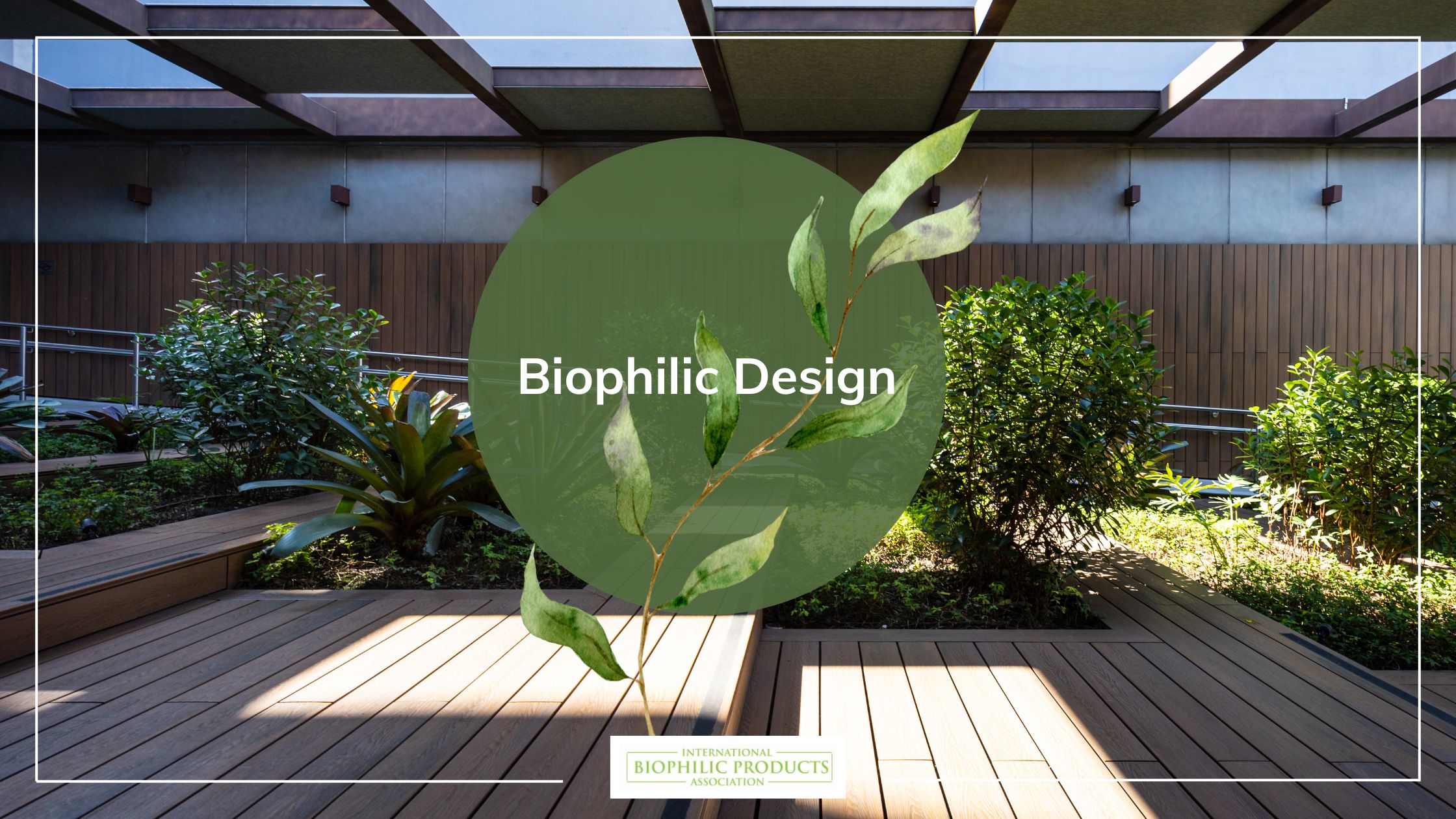Biophilia is our inherent affinity for nature. It contributes to our physical and psychological health. Biophilic Design creates vibrant and resilient habitats by understanding the deep connection between nature and humans.
Humans are an integral part of nature, and our designs should reflect this view. By designing for strong human connections with nature in our spaces and communities, we can create experiences that positively affect our minds, bodies and behavior.
Commom Questions about Biophilic Design

What is Biophilic Design?
How can I find out more about biophilia?
Our website Biophilic Products feature articles on the benefits of nature and plants, views onto nature and woodland in workplaces, healthcare, SEN environments, retail spas, homes, hospitality industry and more.
We also can come and give a talk to your company or group if it will help convince them they need more natural textures in their workplace. We also have downloadable PDFs explaining the benefits for different sectors, hospitals, care homes, education, workplaces, etc.
What is biophilic design in interior design?
Biophilic design in interior design is the intentional integration of nature-inspired elements into indoor spaces to promote well-being, reduce stress, and enhance the overall experience of those who inhabit the space.
Rooted in the concept of biophilia—our innate human connection to nature—this design approach goes far beyond adding a few potted plants. It transforms interiors into environments that feel alive and supportive of our mental and physical health.
Key features of biophilic interior design include:
- Natural materials: Using wood, stone, clay, bamboo, and natural textiles that bring texture and warmth.
- Abundant natural light: Maximizing daylight through windows, skylights, and light-reflecting surfaces.
- Indoor greenery: Incorporating plants, green walls, hanging gardens, and even edible herbs.
- Organic shapes and forms: Favoring curves, asymmetry, and flowing patterns that echo the natural world.
- Water elements: Fountains or aquariums that provide calming sights and sounds.
- Views of nature: Designing with visual access to outdoor landscapes or using nature-inspired artwork.
Natural color palettes: Earthy tones like greens, browns, and soft blues to create a calming atmosphere.
Why it matters:
Studies, including the Human Spaces Report, show that biophilic interiors can increase productivity by up to 6%, boost creativity by 15%, and improve well-being by 15%. Whether in homes, offices, healthcare, or hospitality, biophilic interior design is a powerful tool for creating spaces where people feel happier, healthier, and more connected.
I am an agent or designer and would like to work with you
You may join the expanding network of architects, designers, product makers, builders, contractors, and sustainability experts who are influencing the direction of biophilic design by joining the International Biophilic Products Association (IBPA).
Membership Biophilic Products Benefits:
- Stay Ahead of the Curve: Access cutting-edge research, resources, newsletters and educational materials on biophilic design.
- Keep Updated on Genuine Biophilic Products: Learn about existing and new building materials and other products from around the world that bring Biophilic Design to life.
- Expand Your Network: Connect with industry leaders, potential clients, and collaborators.
- Shape Industry Standards: Participate in the development of biophilic product certifications.
- Amplify Your Impact: Contribute to a healthier, more nature-connected world.
What is the purpose of green architecture?
Green architecture aims to design and construct buildings in harmony with the environment. The primary goal is to reduce energy consumption, minimize waste, and utilize sustainable materials while creating healthier, more comfortable living spaces.
By incorporating natural elements like sunlight, greenery, and water, green architecture enhances well-being and supports ecological balance.
What are some environmental advantages of building green?
- Energy Efficiency: Reduced energy consumption through efficient systems and renewable sources.
- Waste Reduction: Recycling and reusing materials during construction and demolition.
- Water Conservation: Implementation of systems like rainwater harvesting and low-flow fixtures.
- Biodiversity Protection: Preservation and restoration of green spaces and habitats.
- Reduced Carbon Footprint: Lower greenhouse gas emissions due to sustainable building practices.


